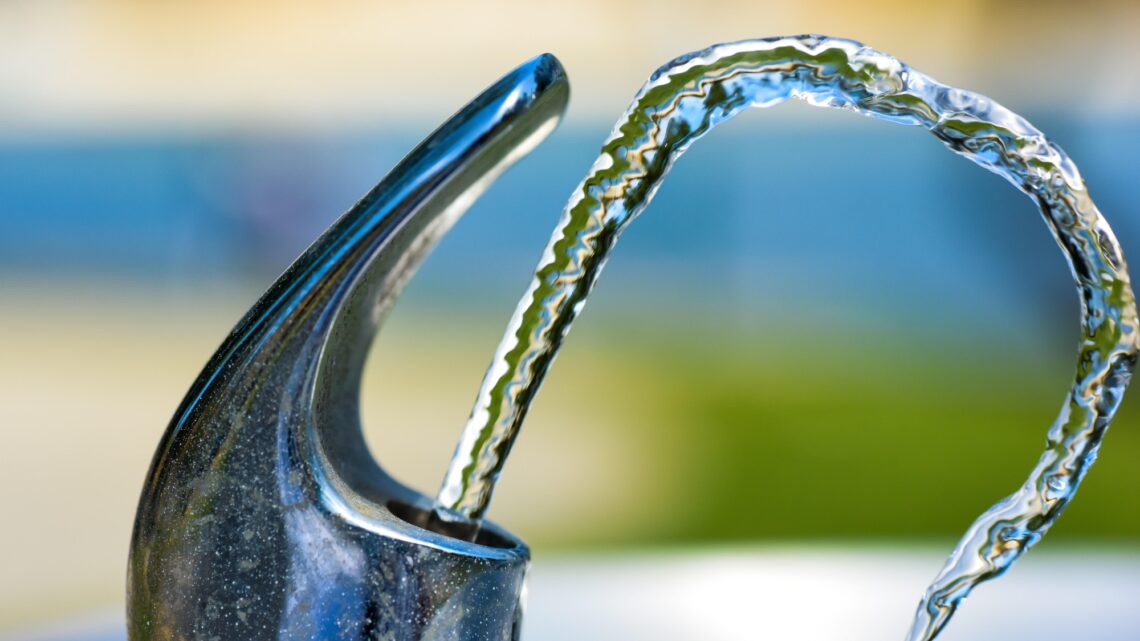Safe Drinking Water

The water quality of local rivers and streams doesn’t just impact the natural environment. About 75% of Chesapeake Bay watershed residents depend on this same water for drinking. Safe water means healthy habitats, wildlife, and people.
Water quality in the region is threatened by pollutants like nitrogen, phosphorus, sediment, and chemical contaminants. Much of these pollutants enter the water as stormwater runoff when rainwater carries pesticides, fertilizers, litter and debris from yards and streets to waterways. This water is treated before reaching our taps but, “the dirtier the water source, the more costly and less successful the treatment will be.”
Improving local water quality by reducing and cleaning runoff and using streamside buffers will help ensure safe drinking water. Safe and accessible drinking water at school can also improve student’s cognition and dental and physical health and can cut down on plastic use from drinking bottled beverages, the trash of which adds to the pollution problem.
Connecting to Issue Investigation
Investigations into human health or water quality can lead to solutions on ensuring safe drinking water. If students investigate the water quality of the stream or river that supplies their community, they might advance to testing tap water or investigating the local water treatment plant to ensure the pollution in the stream or river doesn't reach homes or schools. Human health investigations can lead students to understand the environmental issues that impact our health.
For those working towards green school awards, this action can help improve the health and wellness of students and school staff by providing easy access to reliable and clean drinking water.
Facilitating Student Action
Students should continue to have opportunities to share ideas and opinions throughout the process of identifying, planning, and implementing action. Listed here are just a few ways students can stay engaged while working on this solution—but there are many more! The complexity of each activity/task can be adjusted for each grade level.
Create - students can create a campaign at school that encourages drinking more water and using reusable containers.
Educate - students can research the health benefits of safe and reliable drinking water and share their findings with the school administration and the broader school community. They can also educate the community on what shouldn’t go down our drains to protect drinking water, which can also contribute to an action around cleaning runoff.
Advocate - students can advocate for improving drinking water by sharing test results with the broader community so the effectiveness of the water treatment plant is more transparent and accessible.
Monitor - students of any age can get involved in monitoring the quality of the drinking water at home and/or school. Water quality tests range from simple (a single test strip) to more complex. Students can compare data to learn if water quality changes throughout the year or after storms.
Share and Celebrate - students can celebrate their work by sharing their results and/or concerns with the broader school community by writing articles, press releases or inviting reporters from the school paper and local news agencies.
Safe Drinking Water Resources
The Environmental Protection Agency’s Sensible Steps to Healthier School Environments guide includes steps to improve the health and wellness of students and staff. See page 7 for tips on drinking water.
The Center for Disease and Control’s Increasing Access to Drinking Water in Schools includes instructions on monitoring and testing school water and increasing access with water dispensers.
If you just need to focus on improving water access and getting students interested in drinking more water then check out Water Works: A Guide to Improving Water Access and Consumption in Schools to Improve Health and Support Learning.
